Search
Remove Ads
Advertisement
Summary 
Loading AI-generated summary based on World History Encyclopedia articles ...
Search Results

Article
Prehistoric Hunter-Gatherer Societies
Hunter-gatherer societies are – true to their astoundingly descriptive name – cultures in which human beings obtain their food by hunting, fishing, scavenging, and gathering wild plants and other edibles. Although there are still groups of...
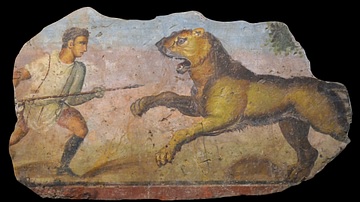
Image
Roman Hunter with Lioness Painting
A venatio scene with a hunter attacking a lioness. The painting once adorned the balustrade of the podium of the Roman amphitheatre of Augusta Emerita in the late 1st century CE. It was found reused in a tomb outside the amphitheatre, which...
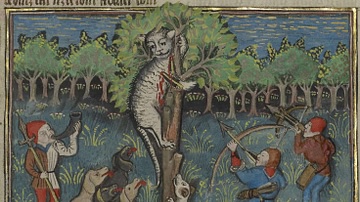
Image
A Hunter & Dogs Attacking a Treed Wild Cat
An illumination from a Late Medieval manuscript made in Brittany, France c. 1430 - 1440 CE. The painting portrays a hunters and their dogs attacking a wounded wildcat which is clinging to a tree. From Ms. 27 (87.MR.34), fol. 97, in the...
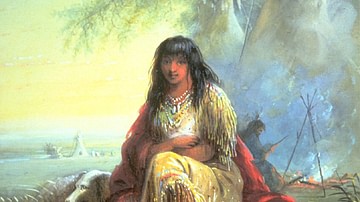
Article
The Resuscitation of the Only Daughter
The Resuscitation of the Only Daughter is a Sioux story about a young maiden who dies and returns to life, helped by a hunter and his wife, and then lives into old age. The story is open to many interpretations including the concept of fate...
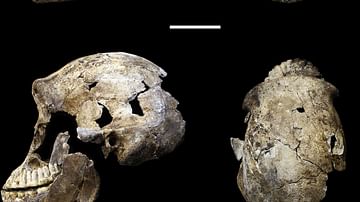
Definition
Homo Naledi
Homo naledi is an extinct species of human discovered in Rising Star Cave in South Africa in 2013 CE in what has become the biggest single-species hominin find in Africa to this day, which is moreover set to cause a bit of an avalanche within...
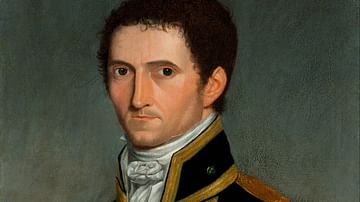
Definition
Matthew Flinders
Matthew Flinders (1774-1814) was an English navigator and hydrographer. He was the first person to map the coastal outline of Australia in 1801-1803, following his circumnavigation of the 7.692 million square kilometres (2.96 million square...

Article
Gobekli Tepe - the World's First Temple?
Located in modern Turkey, Göbekli Tepe is one of the most important archaeological sites in the world. The discovery of this stunning 10,000 year old site in the 1990s CE sent shock waves through the archaeological world and beyond, with...
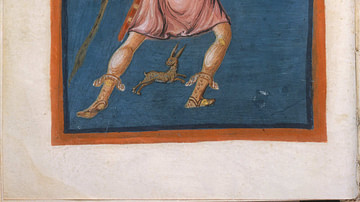
Definition
Orion - The Hunter Who Became a Constellation
Orion was the great hunter of Greek mythology who was famed for his good looks and many love affairs. Either his assault of or admiration from Artemis resulted in the gods transforming the giant into a constellation. Referred to by such ancient...
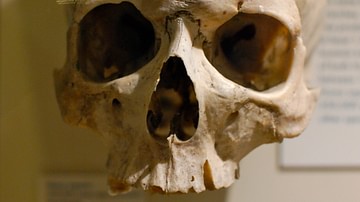
Definition
Homo Sapiens
Homo sapiens ('wise man'), or modern humans, are the only species of human still around today. Despite having invented countless ways of labelling the world around us, we have so far done a surprisingly poor job at defining ourselves. Originating...

Article
A Teton Ghost Story
A Teton Ghost Story is a tale from the Native American Teton (Tetonwan) of the Oceti Sakowin (People of the Seven Council Fires), better known as the Sioux, on one of the possibilities of the state of the soul after death and how the living...